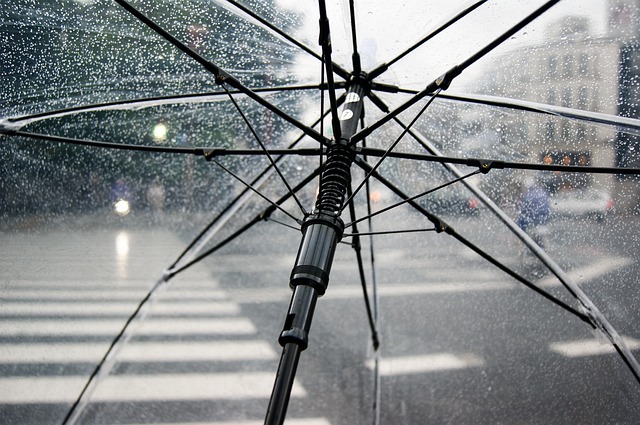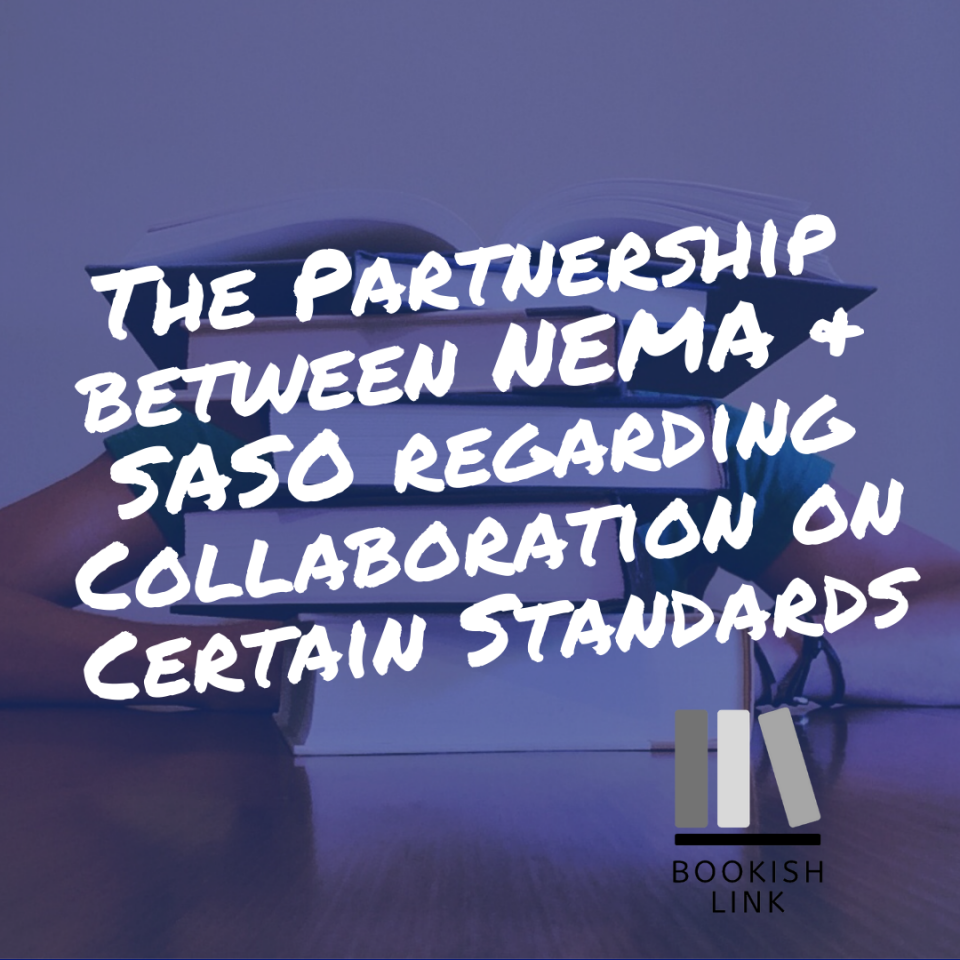Even during a very harsh blizzard, I still take my dog to a walk. However, I certainly believe that he does not fully understand my own reasons why we cannot just go outside and lay on the floor. I know that he has a high energy reserve that if I will not be able to walk my dog every day, I might start considering replacing all the windows that will keep him from totally jumping from one wall to the other. This time, I am deeply thankful because as an owner of a Labrador retriever, I have proven that he has a wonderful waterproof coat – and it keeps his skin very dry and warm. Despite having to go through a very cold blizzard.
Because of my dog’s capability to stay warm and dry during blizzard, this has started me thinking – what comprises a waterproof enclosure so that it keeps the moisture from getting inside the enclosure? I have had people who are constantly asking for information on how they can manufacture standard waterproof enclosure. I have also some engineer friends that does not hesitate to share their well kept secrets from me. Because of this, here are a good list of possible workarounds of people who have been using waterproof enclosure for years.
- Waterproof tape: I have known people who says that they utilizes a double-sided tape in order for them to effectively seal the enclosure. Once it is wrapped around the lip of the enclosure where the cover of the enclosure meets the base of the enclosure – the tape then makes a seal that will help the enclosure from having water or solid ingress. A major benefit of this method is that this kind of tape can be easily applied to just any surface. This should contribute to sealing panels, batter doors and make the holes from other enclosures be protected.
- Protective gaskets: there have been enclosures available in the market that has its tracks on the enclosure being molded inside the enclosure. People have been continually giving suggestions regarding having the tracks being machined on the walls of the enclosure cases. This is a very important but crucial process that majority of the manufacturing companies does not recommend. The reason behind this is that there are only limited material available to make this process happen and the trick is going to be machining the exact amount that will leave enough thickness to make the wall robust for strength. In such a way, it will not have a very large space for the gasket to freely move around. Given that there is only 1/10th of inch thickness space available to be able to work with, there is only small possibility that these walls will eventually break.
- Silicone or epoxy: there is no need to bring back the enclosure to the manufacturer, get back into it or even work on its electronics. You can solve this problem by having a silicone seal.


